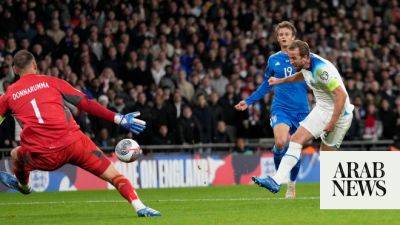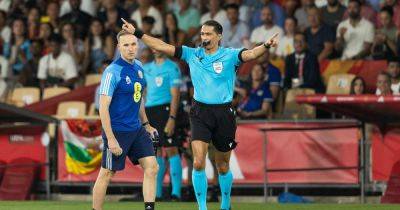NATO used to fret over Russia's threat against the Suwałki Gap. The threat is now smaller than ever
After Russia’s first illegal invasion of Ukraine in 2014 NATO members, especially those in the East, rushed to review their own security. The conclusion of those reviews made for sleepless reading in Western capitals.
Then in 2016, a wargame found that if invaded, Russian troops would enter the Estonian capital of Tallinn and the Latvian capital of Riga within 36 to 60 hours, an incredible speed that would limit the ability of Western allies to respond effectively.
Yet there’s one place that worries NATO planners and military strategists more than most — the Suwałki Gap.
It is a narrow, 60km odd stretch of land on the Polish-Lithuanian border which is bordered by Belarus on one side and the Russian enclave of Kaliningrad on the other.
The Suwałki Gap is the only land corridor that connects the Baltic States with other NATO members. It is a narrow stretch of land which in the event of conflict with Russia, could be hit with artillery fire from both sides.
In short, for the West, it is a dangerous bottleneck. If Russian or Belarusian forces were able to close the gap, NATO wouldn’t be able to send reinforcements by land, it would be forced to revert to air and sea. The danger is that NATO members would be unable to get reinforcements to the Baltic States quickly enough via sea and air and in sufficient numbers to repel Russian forces.
However, a mixture of NATO actions and Russian blunders have drastically reduced this risk.
When Russia launched its full-scale invasion of Ukraine in February 2022, it sent shockwaves through neighbouring countries. The biggest war on the European continent since the end of the Second World War caused a complete re-evaluation of previous assumptions and strategies.
After following a policy of






